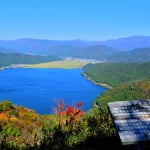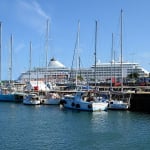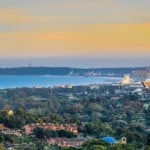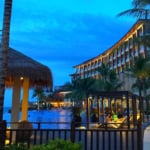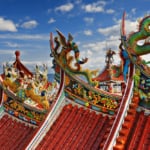Name : Historic center of Puebla
Address : C. 16 de Septiembre s/n, Centro, 72000 Puebla, Pue., Mexico
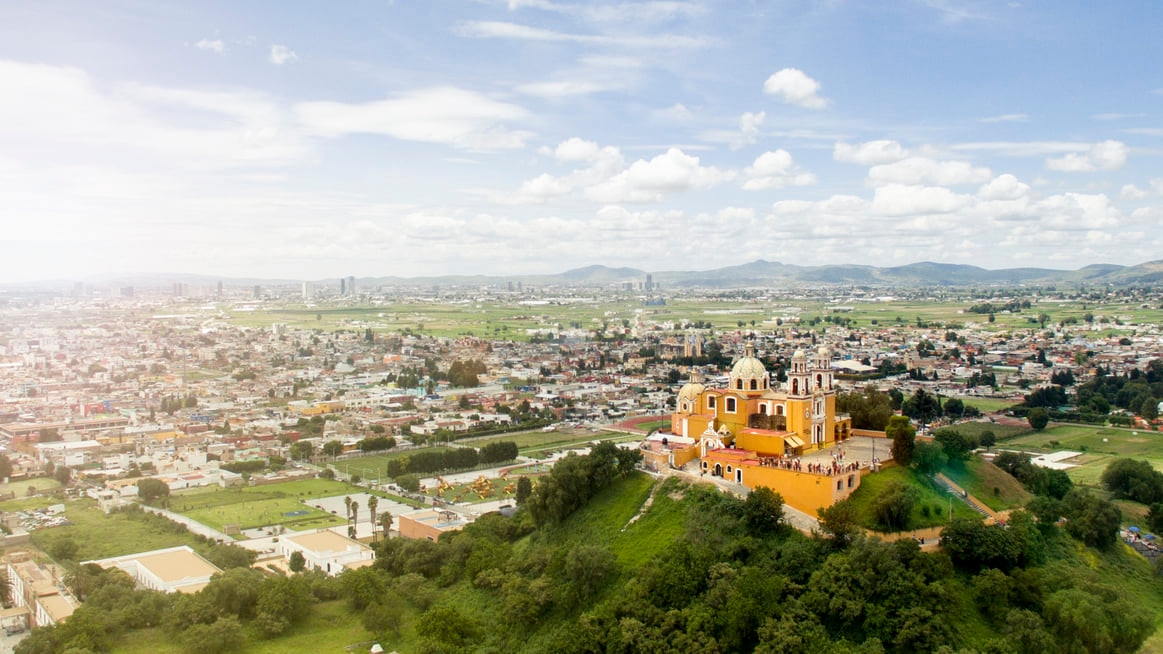
Puebla : Top 10 Things to Do in this Colonial Mexican Town
Puebla ranks as the most visited colonial and business destination in the country; statistics say that as a colonial destination reached 85% occupancy levels and as a business destination above 70%. Puebla de Los Angeles is called the first colonial city, named as the Reliquary of America, the cradle of the Mexican Baroque, recognized for its decorative arts and colonial architecture worldwide. The City of Puebla offers you endless attractions for the whole family, but do you know what places to visit? Do not worry anymore because this time we share a perfect Guide to decide what to visit.
table of contents
[x] close
Puebla : Top 10 Things to Do in this Colonial Mexican Town
1. Historic center of Puebla
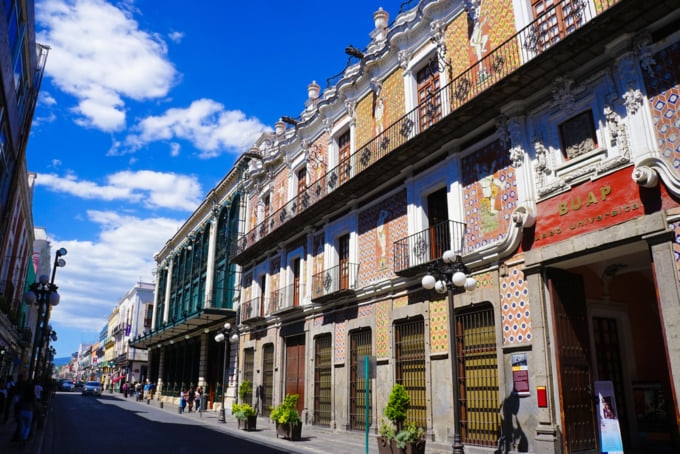
Photo by Inspired By Maps/shutterstock.com
The historic center of Puebla is full of buildings of remarkable beauty since it began to settle in the decade of the 1530s in what would become one of the most important colonial cities of Hispanic America. The list of the architectural heritage includes the cathedral, a multitude of churches, squares, colonial houses and monuments, both civil and religious. The Cathedral Basilica of Puebla, the most important temple in the city, was the first principal church in the New World and was declared a World Heritage Site. Among the artistic and religious treasures that are kept in this temple consecrated to the Immaculate Conception, are objects of worship, images, jewelry, paintings, furniture and other ornamental elements.
2. San Pedro Cholula
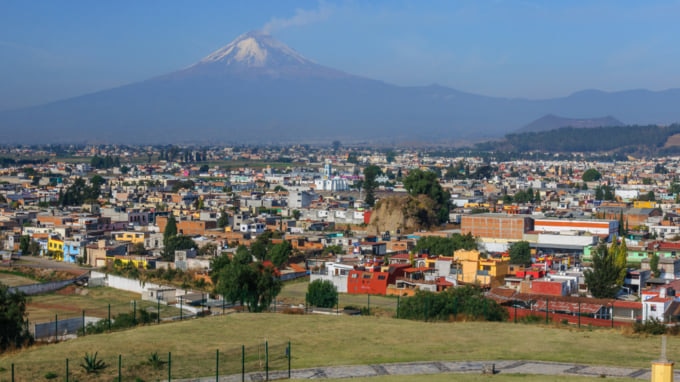
Photo by Noradoa/shutterstock.com
This Pueblo Mágico poblano is very well known for its Great Pre-Hispanic Pyramid, called Tlachihualtépetl, with a basement of about 16 thousand square meters, which is the largest in the world in this type of buildings. Apart from the pyramid, in the pre-Columbian group are worthy of admiring the Ceremonial Altar, the Patio de Los Altares and the Mural de Los Bebedores, this is a striking work of indigenous art in which 110 men get drunk with a pre-Hispanic drink that was probably pulque. The architectural landscape of San Pedro Cholula is presided by the Sanctuary of the Virgen de Los Remedios, located at an elevation close to the archaeological site.
Name : San Pedro Cholula
Address : Puebla, Mexico
3. Huauchinango
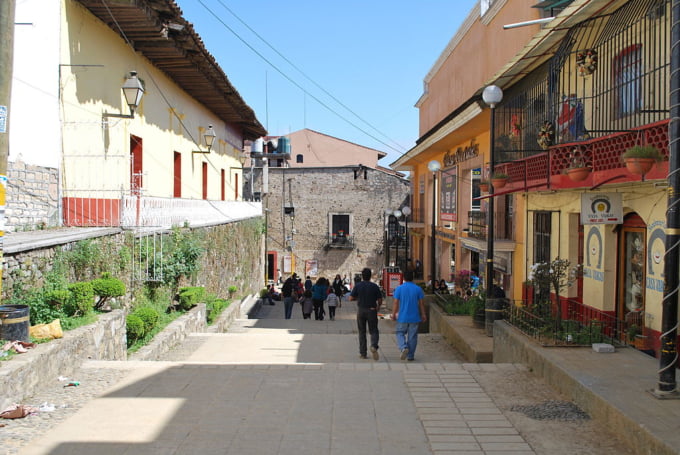
Flowers everywhere is the beautiful distinctive of this excellent climate town nestled in the Sierra Norte de Puebla. During ten days of Lent, the Feria de las Flores is held, in which many plants and arrangements with gardenias, hydrangeas, azaleas and other species are exhibited and sold to the public. In Holy Week, most of the flowers go to the hands of famous artists who make beautiful floral carpets in honor of the Lord of the Holy Burial, patron saint of the town.
Name : Huauchinango
Address : Puebla, Mexico
4. Zacatlán
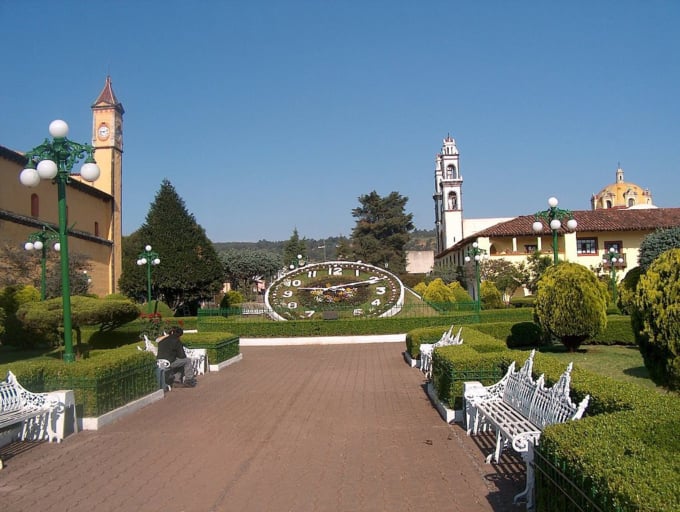
Pueblo Mágico poblano is marked by the apples from the beginning of the colonial era, when the Franciscan evangelizers began to reap the fruit in their lands of privileged climate. Zacatlán de las Manzanas is the leading national center of production of the striped apple, and in the Great Fair dedicated to the fruit during a week in August, in the framework of the Asunción celebrations, you will be able to know the past and present Manzanero of the town. Watches also mark Zacatlán since the Olvera family began manufacturing them at the beginning of the 20th century. The central symbol of the town is its substantial floral and musical clock, 5 meters in diameter, and it is also worth mentioning that in the Magical Town is the first clock made in the world to indicate the lunar phases in real time.
Name : Zacatlán
Adress : Puebla, Mexico
5. Pahuatlán
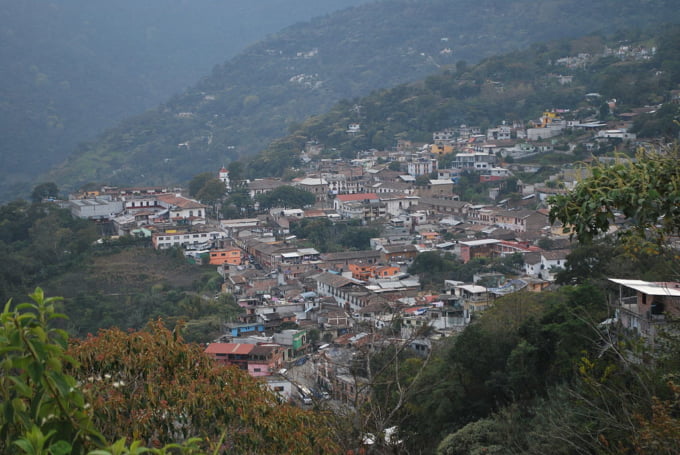
Photo by commons.wikimedia.org
This Magical Town nestled in the Sierra Norte de Puebla has a coffee aroma and has fascinating indigenous traditions. It is almost the only place left in Mexico where the Amate paper is made, the material that was used in pre-Hispanic times for the codices and painting. This product that is made with the pulp of a local tree called jenote, is made by the Otomi communities. In the village, there are some coffee plantations where you can learn the process of sowing, harvesting and processing the fruit, and enjoy countless aromatic cups of coffee.
Name : Pahuatlán
Address : Puebla, Mexico
6. Cuetzalan
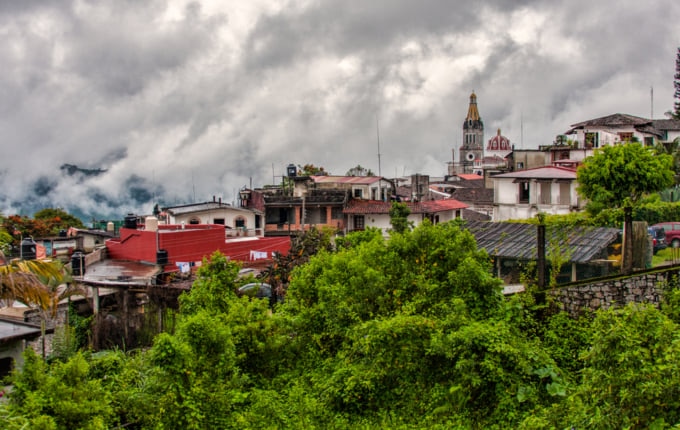
Photo by Gerardo Borbolla/shutterstock.com
The Pueblo Mágico poblano de Cuetzalan is distinguished by the intense vitality of its indigenous culture, which is vividly manifested in the Sunday tianguis. In this tianguis, women and men wear clothes of predetermined colors for their indigenous communities, and they offer flying shows and typical products of all types, from huaraches and embroideries to traditional foods and drinks, including the now famous yolixpa. In the architectural heritage of Cuetzalan stand out the temple of San Francisco de Asís, the sanctuary of the Virgin of Guadalupe, the Chapel of the Immaculate Conception and the Municipal Palace.
Name : Cuetzalan
Address : Puebla, Mexico
7. Atlixco

Photo by Marcos E Ramos Ponciano/shutterstock.com
This is the great town of Puebla for pre-Hispanic roots, particularly the Huey Atlixcáyotl or Fiesta Grande de Atlixco, and the Atlixcayotontli or Fiesta Chica.
The small party is held about two weeks before the major, which takes place during a week in September. La Fiesta Chica is an appetizer of the big one and has the participation of 3 ethnographic regions of Puebla: El Valle, La Tierra Caliente and Los Volcanoes. Atlixco is also a town of beautiful architectural heritage, highlighting buildings and ensembles such as the Municipal Hospital of San Juan de Dios, the Ex Convento and Church of San Agustín, the Ex Convento and Church of La Merced, the Church of La Soledad and the Palace Municipal.
Name : Atlixco
Address : Puebla, Mexico
8. Xicotepec
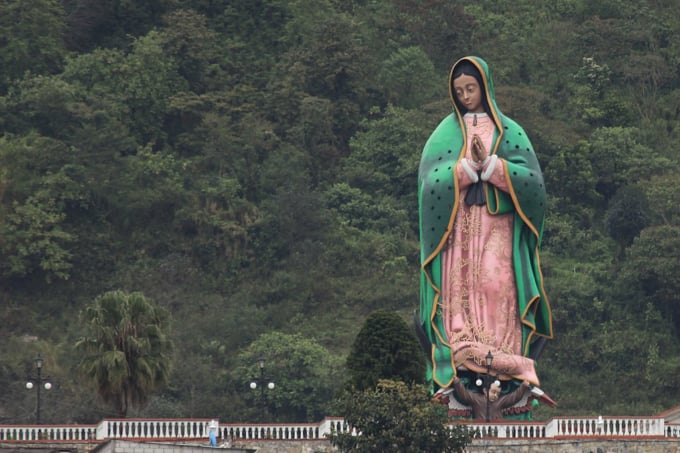
Photo by commons.wikimedia.org
Xicotepec de Juarez welcomes visitors, sheltered in mists and refreshed by the drizzle, providing a unique environment for supporters of this type of climate.
The nerve center of the Pueblo Mágico Poblano is the Central Garden, a meeting point for locals and tourists, dotted with trees and flowers, with a beautiful kiosk where local bands liven up afternoons and evenings. The main religious building of the coffee town is the parish of San Juan Bautista, a temple with a certain resemblance to the Cathedral of Our Lady of Paris.
Name : Xicotepec
Address : Puebla, Mexico
9. Chignahuapan
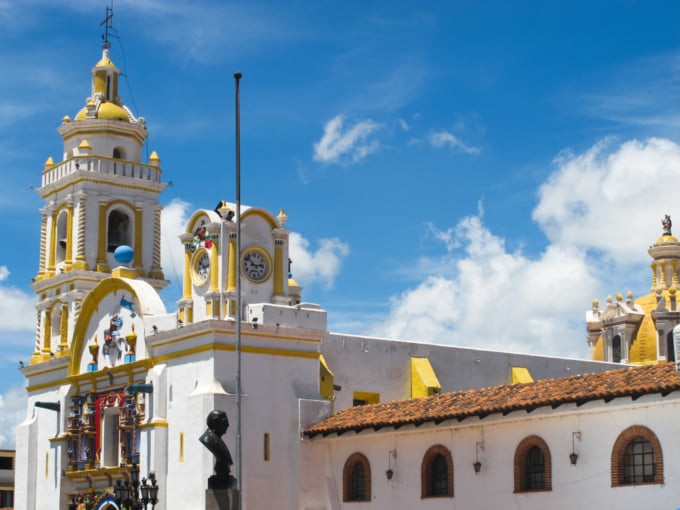
Photo by Hugo Alejandri/shutterstock.com
This town is highlighted by the color of the Christmas tree spheres, which is the main product offered to visitors. In Chignahuapan there are several dozens of factories that are dedicated to making the Christmas balls and the streets of the Magic Town begin to fill with the colorful spheres as soon as the Mexicans start to breathe in Christmas environments as soon as October begins.
Name : Chignahuapan
Address : Puebla, Mexico
10. The Star of Puebla
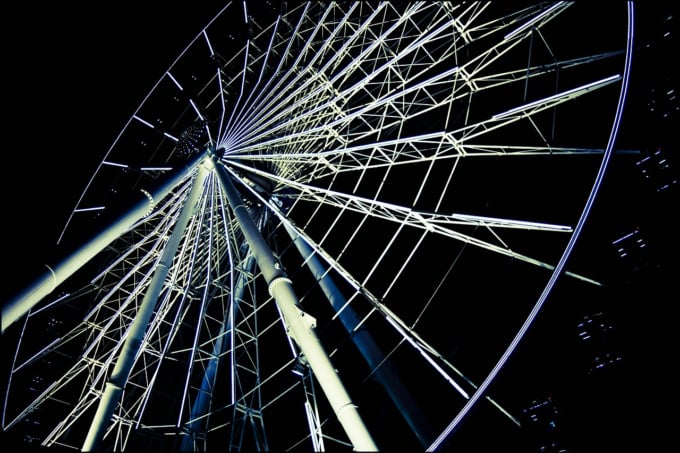
Among so many vice royal attractions, nineteenth-century and the revolutionary era, on the horizon of the city of Puebla rises a "star" that is not in the sky but very well settled on the earth. This is La Estrella de Puebla, an 80-meter Ferris wheel that is the big attraction of the city for young people and children who want to make a stop in the cultural program of the elderly. Adults also climb the Ferris wheel, especially to enjoy spectacular panoramic views of the city and the surroundings, mainly from the 4 VIP gondolas with a glass floor.
Name : The Star of Puebla
Address : Puebla, Mexico
◎ Closing
With just over a thousand pesos and a weekend available, you can visit places of Puebla’s you have never done before. Your stay in this beautiful Mexican state can have as many elements as you want: from adventure, gastronomic, cultural or historical.
RELATED ARTICLES
REGIONS
CATEGORIES
FEATURED ON Mexico
-
Beaches, nature, and nightlife! 7 must-see tourist spots in Puerto Escondido!
-

Recommended Tourist Spots in Reynosa, a Rapidly Growing City in Mexico
-

4 Popular Tourist Spots in Cozumel, Mexico, Famous for Diving
-

Tourist spots in Manzanillo, Mexico! A city visited on a round-the-world trip by that luxury cruise ship
-

5 recommended tourist spots in Los Mochis, with its warm climate and beautiful blue skies!
MOST POPULAR ON Mexico
-
 1
1Doha: Must-see Attractions in the Capital of Qatar
-
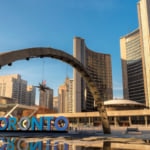 2
2Toronto: 10 Things to do in this Picturesque Canadian City
-
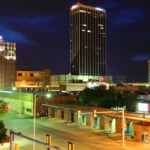 3
3Amarillo: A City Famous for It’s Amazing Canyons, Great History and Music
-
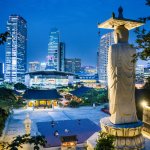 4
4South Korea: Dazzling Scenery, Rich Culture and Fascinating History
-
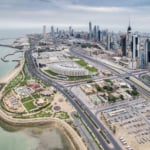 5
5Kuwait: A Country in Middle East Asia Famous for Hot Sand Dunes and Stunning Cityscape

